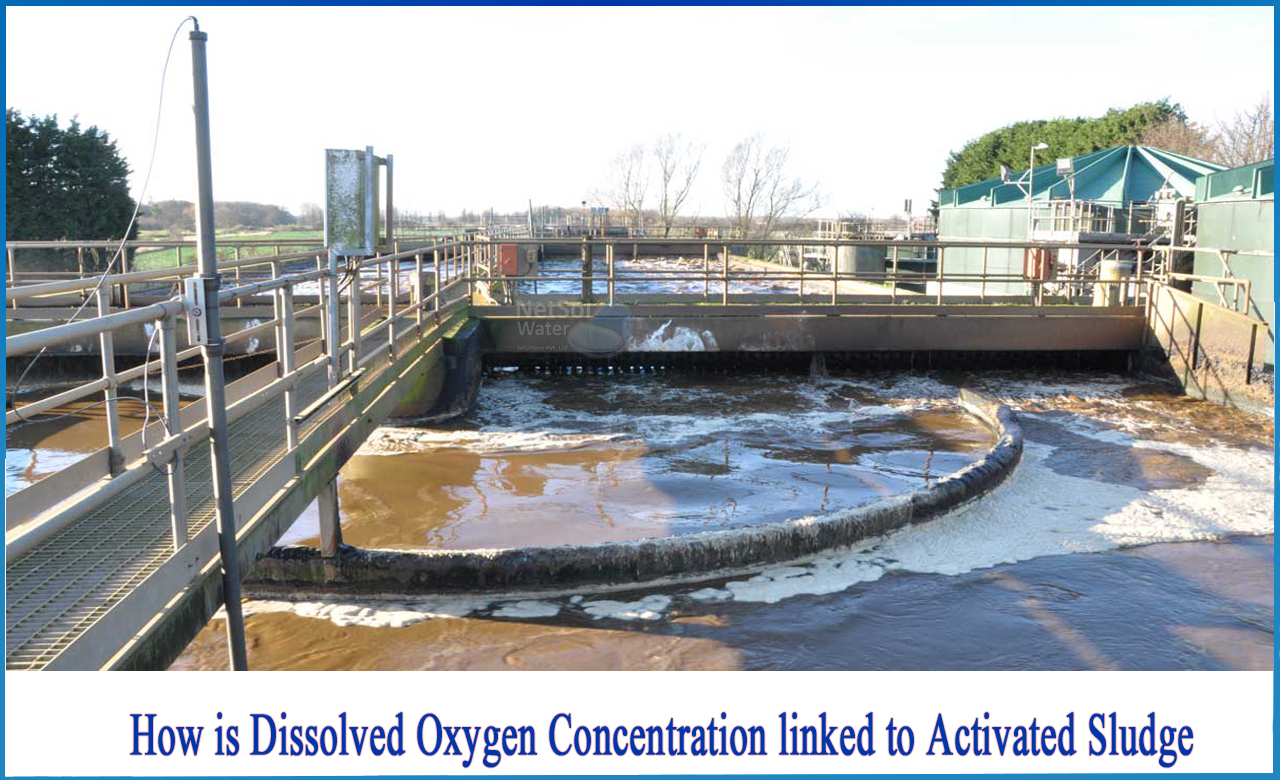Introduction
One of the most critical process control parameters in an activated sludge system is the concentration of dissolved oxygen (DO) in the aeration tank. The biological treatment of organic matter and ammonia requires maintaining adequate dissolved oxygen levels in activated sludge plants.
Aeration systems can increase dissolved oxygen (DO) mixing, and microbial suspension via mechanical agitation or diffused aeration, even though raw wastewater often includes some oxygen. This oxygen is used by aerobic microbes to break down organic waste into inorganic by-products.
What is Activated Sludge?
A flocculent culture of organisms grown in aeration tanks under regulated conditions is referred to as activated sludge. The sludge is made up of a diverse mix of microorganisms, with 95 percent of them being a range of largely aerobic bacterial species. Fungi, protozoa, and higher types, can all be found in activated sludge.
How is Dissolved Oxygen Concentration linked to Activated Sludge?
1: Operators of Wastewater treatment plants should monitor oxygen availability in the form of dissolved oxygen on a frequent basis. Aerobic and nitrifying microorganisms will die if there isn't enough oxygen, and the floc will break up. The possibility for filamentous development increases as DO concentrations fall below 1 mg/L. Too much oxygen, on the other hand, increases power consumption and, at very high levels, prevents settling.
2: Samples should be collected at the same site throughout the day to compare dissolved oxygen levels. Operators can accurately assess if DO concentrations are sufficient for treatment while creating a DO profile by taking repeated samples in the same place throughout the week. Furthermore, measuring DO at various depths and places in the aeration tank can aid in the detection of dead patches.
3: It's worth noting that temperature, pressure, and salinity can all affect oxygen solubility. Raw wastewater, aerobic/anaerobic digester, and final effluent are all possible sample locations. High dissolved oxygen in the final effluent can induce eutrophication in receiving waters, whereas low DO can harm aquatic life. Some permits require a minimum DO level for effluent to ensure that aquatic species have enough oxygen to live.
4: In a totally mixed activated sludge system, the outgrowth of filamentous bacteria from the activated sludge floc to produce bulking activated sludge is a function of organic loading and the food:microorganism (F/M) ratio. To prevent filamentous organism expansion and sludge thickening, the higher the ratio (between 0.3 and 1.0 kg chemical oxygen demand per kilogramme volatile suspended solids/day), the higher the bulk dissolved oxygen concentration required.
5: By elevating the bulk dissolved oxygen concentration, a totally mixed activated sludge system that has bulked because its dissolved oxygen concentration is too low to prevent filament outgrowth at a specific food, microorganisms value can be made to settle properly. A link is developed between the food: microorganism ratio of a thoroughly mixed activated sludge system and the mass dissolved oxygen is required to prevent thickening.
For thesewastewater applications, Netsol Water is a dependable, experienced, and product-independent organization. Our intelligent process combinations frequently lead to the most cost-effective and best solutions.Give us a callon+919650608473 or contact via email at enquiry@netsolwater.com for further consultation or product purchase related query.



